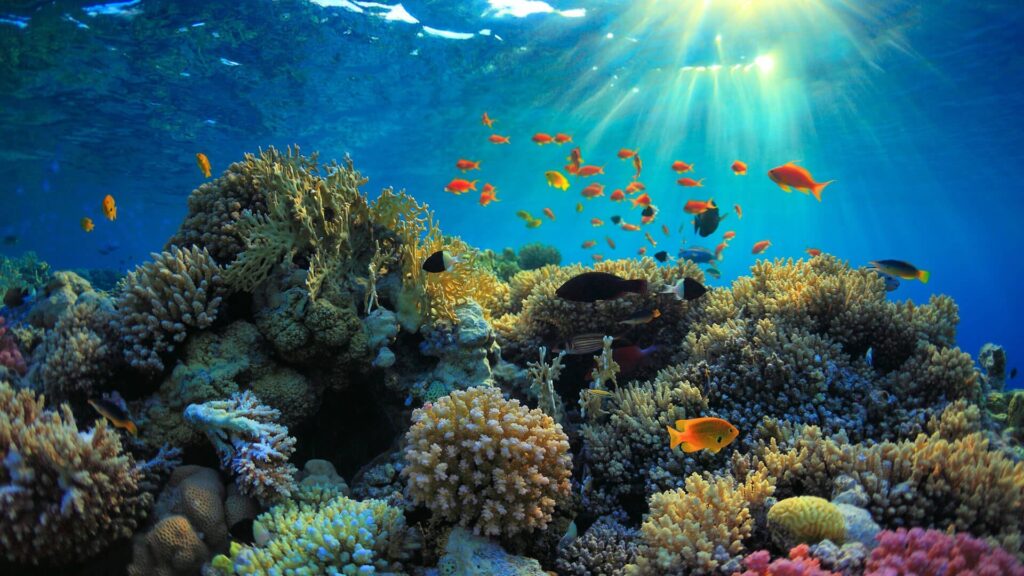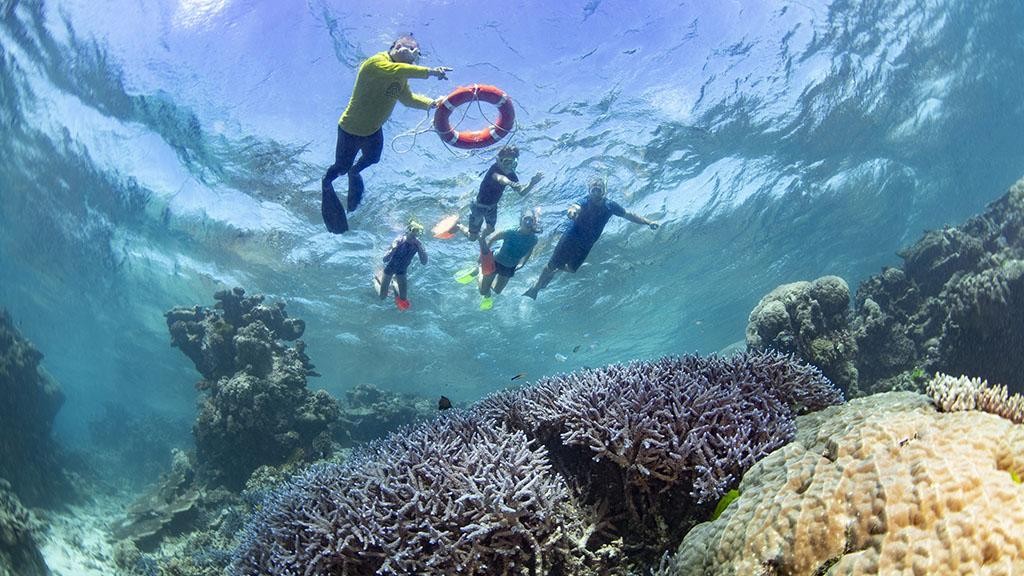Photo Credit: carribean.un.org
Clear Cut Gender Desk
New Delhi, UPDATED: Sep 24, 2025 12:15 IST
Written By: Janmojaya Barik
The oceans are in crisis, and the evidence is now impossible to ignore. Scientists have verified that the world is witnessing its most widespread and intense coral bleaching episode ever recorded. From the Great Barrier Reef to the Caribbean, from the Maldives to Pacific atolls, sweeping lengths of previously healthy-looking coral are losing their color, turning bone white under the unrelenting pressure of rising ocean temperatures.
Bleaching has been in marine science for a while. Corals exist in symbiosis with small algae that produce food and color for them. As waters become even slightly warmer than usual, that symbiosis collapses. The algae are pushed out, and corals turn pale and hungry. If conditions improve, reefs can regain health. But when heat persists, corals perish, and with them go entire ecosystems that rely on them. This has occurred previously, but never on this scale. More than 80 percent of the world’s reefs, in over 80 nations, are now displaying signs of bleaching.
The disaster started early in 2023 as ocean heatwaves swept the Pacific and Indian Oceans. Initially, the damage was localized, as it had been in previous instances. But as the months turned into years, bleaching was documented in nearly all tropical oceans. Even those parts once considered refuges—remote reefs far removed from human influence—are now stressed. Divers in the central Pacific, for example, tell of kilometer after kilometer of ghostly white colonies, many dead or dying. In the Caribbean, whole reef systems which had only just started to recover from previous bleaching events are being struck again, with very little prospect of survival.

Photo Credit : andbeyond.com
The extent of this loss cannot be quantified solely in ecological terms. Coral reefs cover less than one percent of the ocean floor, but they host a quarter of all marine life. When they disappear, fish stocks collapse, food chains unravel, and predators lose their territory. The effects flow outward to human societies too. Hundreds of millions of people depend on reef fisheries for protein. Coastal villages in East Africa to Southeast Asia rely not only for food but for livelihood through tourism and for protection against storms. Without these natural defenses, coastlines are more vulnerable to erosion and storm surges from ever-stronger cyclones.
The price tag is breathtaking. In countries such as the Maldives, reef tourism adds directly to national GDP. In Australia, the Great Barrier Reef is worth tens of billions of dollars and employs thousands in diving, fishing, and accommodation. A loss of coral health imperils livelihoods on a scale bigger than most governments are ready for. And while damage to infrastructure can be restored, reefs take centuries or decades to rebuild—if they can be rebuilt at all.
There are tales of resilience, but they are increasingly difficult to discover. Some corals seem more resistant to heat, and some reefs bounce back when the seas cool. Researchers are trying selective breeding for heat-resistance in corals, constructing artificial reef frameworks, and relocating robust colonies to ravaged grounds. But even the most grandiose attempts can protect only tiny patches. They are a hope, not a rescue. The ultimate cause of bleaching is global warming, and until there is a drastic reduction in the emission of greenhouse gases, revival will be the exception, not the norm.
The Intergovernmental Panel on Climate Change has long warned that coral reefs are among the most vulnerable ecosystems to climate stress. Projections are that if the world warms 1.5 degrees Celsius, as much as 90 percent of reefs will disappear. At two degrees, almost all of them will be gone. The current bleaching event is demonstrating those warnings are no longer hypothetical. They are real now.

Photo Credit: diveplanit.com
International initiatives to safeguard reefs have intensified in the past few years, with additional marine protected areas and greater expenditure on monitoring networks. But paper protection does not keep the seas cooler. Local actions—prohibiting destructive fishing, limiting coastal pollution, managing tourism—are worth something, but they cannot push against global heat. The reality is brutal: unless emissions are reduced and sea temperatures stabilised, reefs will continue to bleach, soften, and perish.
To millions living in their vicinity and to billions indirectly relying on their activities, coral reefs are not just nature’s wonders. They are lifeline infrastructure, constructed by no human hand but by the vulnerable colonies of living polyps in concert over thousands of years. Their fall is not only an environmental tale; it is a human tale, impacting economies, food availability, and heritage.
The image of a reef going white is a haunting reminder of what hangs in the balance. The reefs that have dazzled generations of divers, nourished coastal communities, and protected islands from storms might survive only in pictures soon. This bleaching event is not only a record but also a warning. The oceans are communicating to us, in the plainest language, that they’re overheating. Whether reefs continue to be a living component of our future or disappear into memory will be determined by decisions taken in the coming years.




